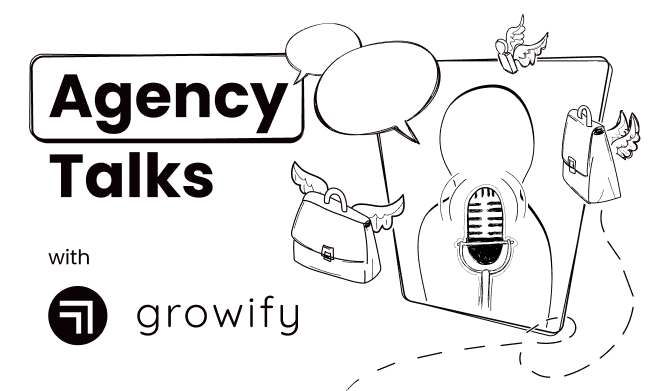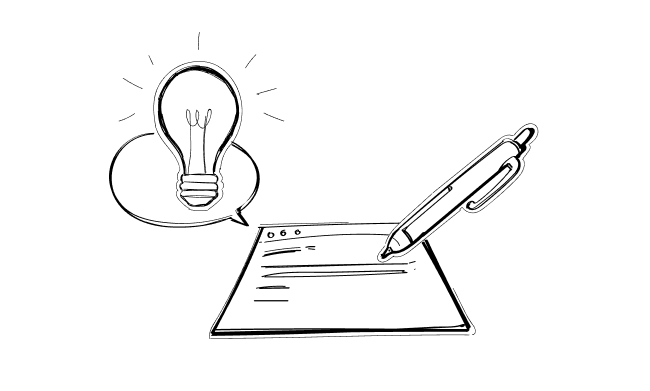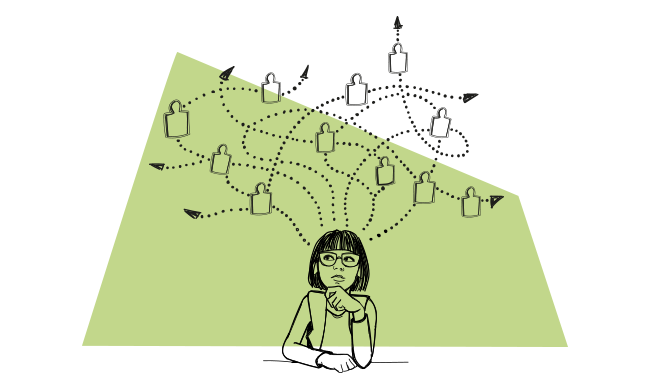Finding new clients is – not surprisingly – one of the top priorities agencies have. But it’s after you’ve closed the deal that the next challenge comes up. And it’s not a small one!
You need to maintain a good relationship with your client – which might be challenging especially when it’s not all going according to the plan. So we asked Mark Colgan, the founder at Agency Sales Design, to share how they handle these rocky situations at his agency. Over to Mark.
***
Happy client, happy life – right?
It’s easy to feel like the best agency in the world when your customer campaigns are going well.
However, in the real world, this isn’t always the case.
In this blog post I’ll cover suggestions on how to improve an ongoing relationship with a client.
Pre-empt concerns
If you’re in a situation where you aren’t going to be able to deliver on your client’s expectations, then you need to get ahead of the situation and pre-empt their concerns.
In some cases, clients will share their concerns with your team during the sales process or even the onboarding.
It’s vital that you make a note of these concerns and make sure they are not forgotten.
At Speak on Podcasts, we saw ourselves as the custodian of our client’s personal brand. That meant that we had to make sure that the profile pages we built were accurate, the podcasts we researched were correct and the outreach messages we sent were professional.
As this was a common concern amongst our clients we added a number of action items throughout the client delivery process. For example:
- Profile pages – we always shared a link to these before any outreach started and made sure to communicate that it was a draft and had not been shared yet. We asked customers for suggestions and feedback, made the amendments and then sent it back to them so they could see the changes.
- Reaching out to the right podcasts – we always shared a shortlist of podcasts that we planned to contact on behalf of our customers. Again, here we asked for their feedback and suggestions before any messages were sent.
- Outreach messages – whilst we didn’t share the exact messages we used, we did share testimonials from podcast hosts who loved our approach to help alleviate any concerns.
The exact steps that you need to pre-empt for your clients will be different.
However, review your last 10 to 20 client engagements and make a note of:
- The times when clients chased you for updates
- The types of complaints you received
- The difficult conversations you may have had during calls.
Then map all of these on a typical timeline and create messaging templates to use in the future before any of these concerns arise.
Also, remember that you’re not psychic and some clients are more difficult than others. You can’t please everyone and you shouldn’t expect your team to have 100% happy clients every time.
Schedule a “regroup call”
We all have different communication styles and preferences. However, the best way to resolve conflict and overcome concerns is a face-to-face meeting.
The second best way is over a video or phone call.
When you have clients who are expressing their dissatisfaction, you should suggest setting up a short call for you to discuss their concerns.
There are two main reasons for this:
- Your client wants to be heard, it’s human nature
- You can ask probing questions to understand the root cause of their concerns.
The majority of the time it will be miscommunication or mis-aligned expectations.
Another reason for scheduling a regroup call is that you avoid any misunderstandings via email/Slack.
Sometimes the tone of our text can be interpreted incorrectly, so a call is better.
For some, these calls can seem intimidating. If you have junior team members leading the call, I would recommend someone senior join them to offer additional support.
It’s also ok to not know all the answers on the regroup call itself and it is much better to let the client know that you’ll investigate the issue before providing an answer.
You’d be surprised by how much you can solve in a short call and also how some clients who seem really unhappy, just need to talk it out and after 10 minutes are back to being happy clients.
Offer VIP service until they are happy
You likely have clear SOP’s and deliverables for your client projects.
However, there might be times when you need to operate outside of these to improve the relationship with your clients.
It might be that you spend additional time and resources getting a client’s project back on track.
Examples may include:
- Delivering work faster than normal
- Delivering extra work
- Involving a more senior team member
- Trying something new in your SOP’s
If you are going to offer a VIP service, make sure you have aligned with the client on the expectations and goals. Otherwise, you run the risk of overdelivering and operating at a loss.
It’s vital to make a note of the reasons why you ended up in this situation for the future. You might decide that this type of scenario could be avoided by changing your qualification process.
Check in to make sure they are happy
This last tip is simple, but often overlooked.
Conflict can be uncomfortable and if you haven’t had much experience with conflict resolution, the idea of speaking to an unhappy client can lead to you avoiding the situation altogether.
I personally try to remind myself that an unhappy client is just an opportunity to improve the service and experience that we can deliver for future clients.
Once you have overcome the client’s main concern, I recommend that you schedule another call with them to discuss the changes that you’ve made.
You should ask open-ended questions to encourage the client to share more details and feedback.
This call can also act as the ending of a chapter with this client and you can both look forward to continuing working together. Afterall a happy client = a happy agency life.
READ ALSO

Agency Talks: from an expert to a lead gen agency owner
In the early days of your career, it's much better to learn from the experience of others than to figure it all out on your own. After a few years, if you’re persistent, you’ll become an expert in your chosen field, and that's when many people start thinking: “As an expert, I can sell my service on my own behalf instead of working for someone else.".

How Can Agencies Create Content for Successful Outreach Campaigns?
In a cold email campaign, you only get one shot to engage the prospect. And you can make the first impression only once. How you do that determines the success of your entire interaction.

How Do You Start a Lead Generation Business?
You’ve been handling leads either as a sales rep or marketer in a full-time position for a couple of years - at least. You know many tricks of the trade, but you’ve never done it on your own before. Or maybe you have, but not at scale.

